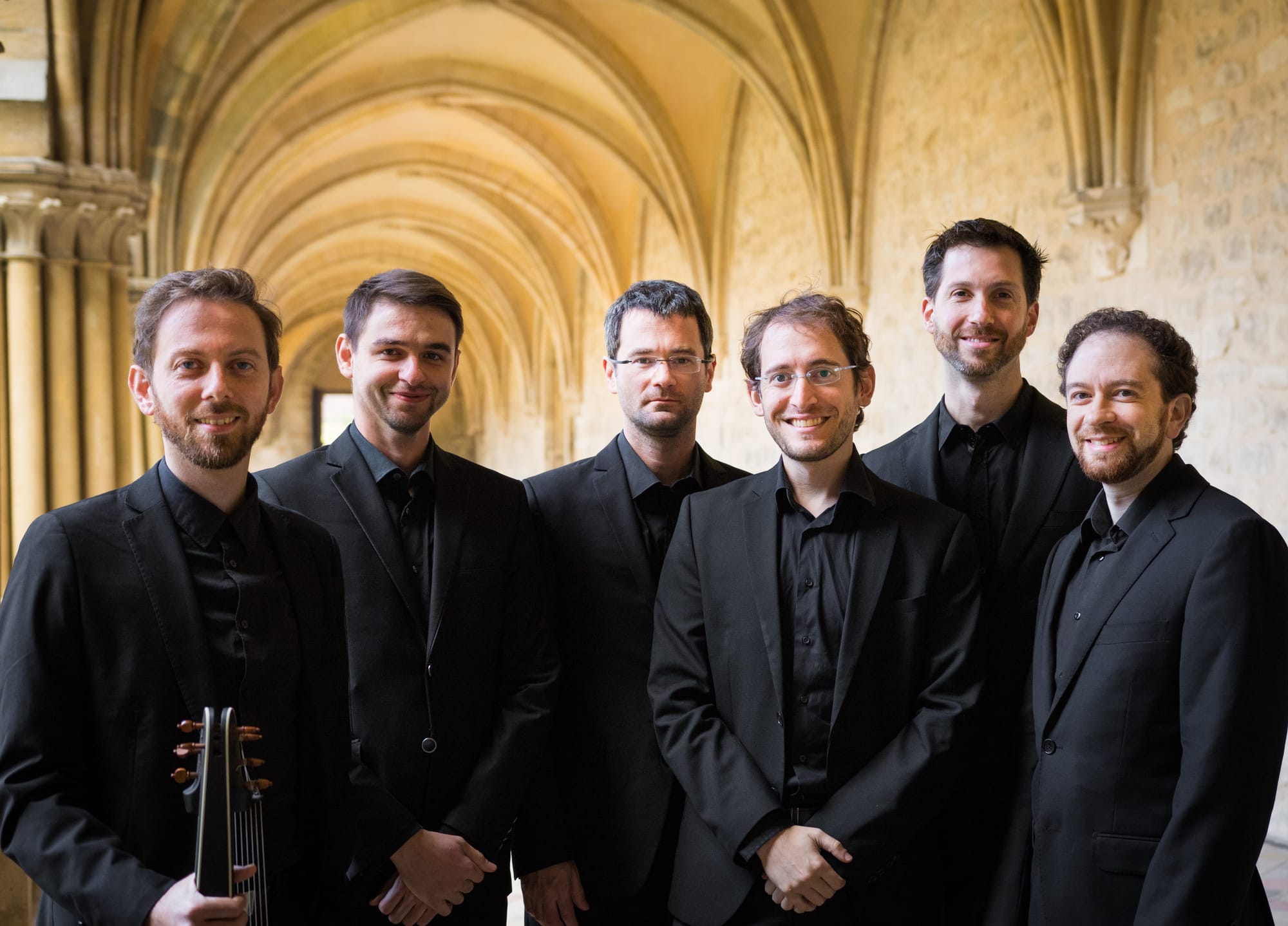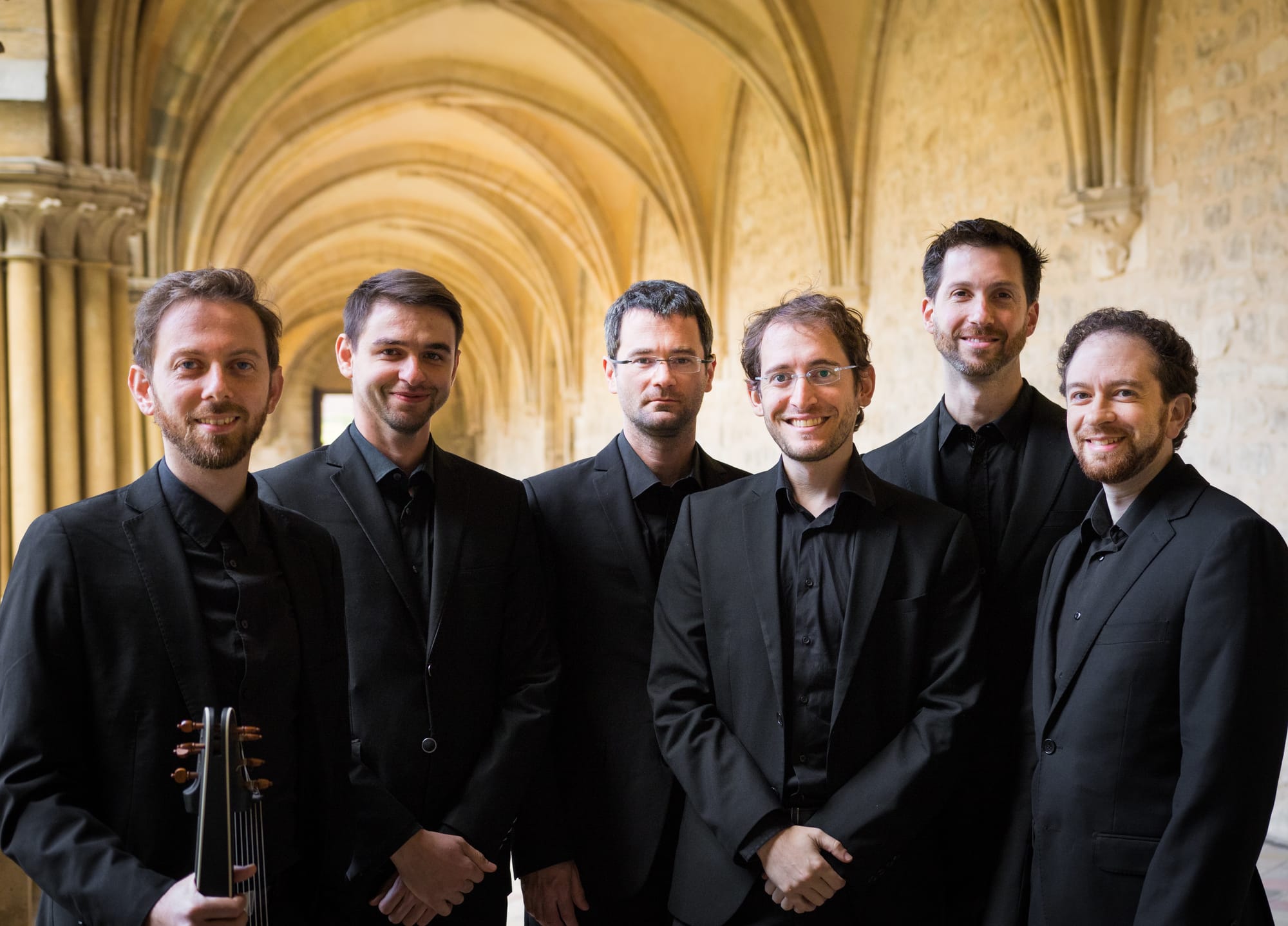Hecht Hall: Ancient Music for contemporary ear

Hecht Hall: Contemporary Ear Music
The work "David's Lament" by Elam Rotem will play at the Hecht Hall in Haifa at a world premiere at a concert by the Jerusalem Baroque Orchestra, which will host the Quinta Prophets # # Tuesday, February 25
Yoram Mark-Reich
A site worth knowing
Prophets of the Quinta Photo Mel et Lac
The "Quinta Prophets" composition under the artistic direction of the composer, singer and keyboard player Elam Rotem, will be hosted at the upcoming Baroque Jerusalem Concert on Tuesday, February 25, at 8pm, at the Hecht Hall, Haifa, and works by Salomona Di Rossi, Claudio Montevordi Rotem, including a world premiere for his work based on the words of David's lament.
Two of the main pieces in the upcoming Baroque Concert Concert Program are "David's Lament" and "The Battle of Tancredi and Clarinda" by Claudio Monteverdi (1624), based on the stories of the Crusades by Torquato Tasso in his book "The Poet Jerusalem."
The battle between Tancredi and Calorinda is a kind of three-voice operatic scene based on a scene from "Liberated Jerusalem" by Torquatto Tasso that takes place against the backdrop of the first crusades and describes the tragic battle between Tancredi and Calorinda. Completely innovative for his era, Monteverdi describes musical means, most notably a repetition of sounds, a roar of battle, his horse's feet and the rubbing of his shields and swords. Such repetitive sounds also appear in the narrator's mouth, which describes the fight very urgently, like a broadcaster in a particularly turbulent sports competition. At the end of the battle, when Tancredi discovers that the enemy fighting against him was actually a young woman, the hustle and bustle of the battle turns into horror. This creates an impressive dramatic contrast, typical of the early 17th-century musical style.
Elam Rotem's new work, David's Lament (Samuel II Chapter 1), is also engaged in the war. Unlike Monteverdi's creation, here we do not witness the battle as it occurs, but we hear a lament over fallen heroes in a battle that is already over, so the musical elements that emulate a battle invented by Monteverdi are not used here. In this work, the dramatic contrast is conceptualized through movement between two emotional poles: on the one hand, heroic, patriotic, and powerful emotions are expressed in the work, as in the repeated line "How did heroes fall?", Or in lines praising the heroism of those who fell in battle; On the other hand, other moments in which expressive and intimate feelings are expressed, such as the line "You have met me very much, your love for me is a love of women." The narrator (whose role is sung by the tenor singer, much like Montev
Comments
